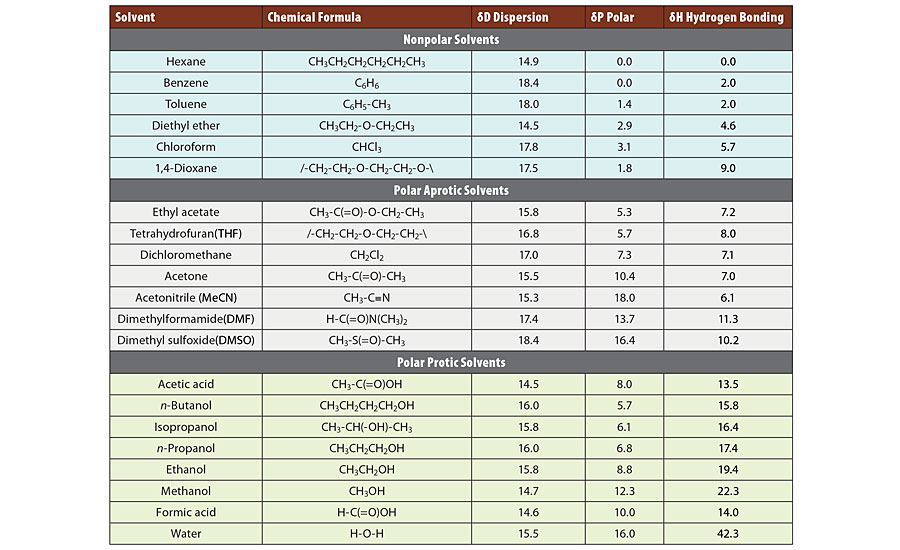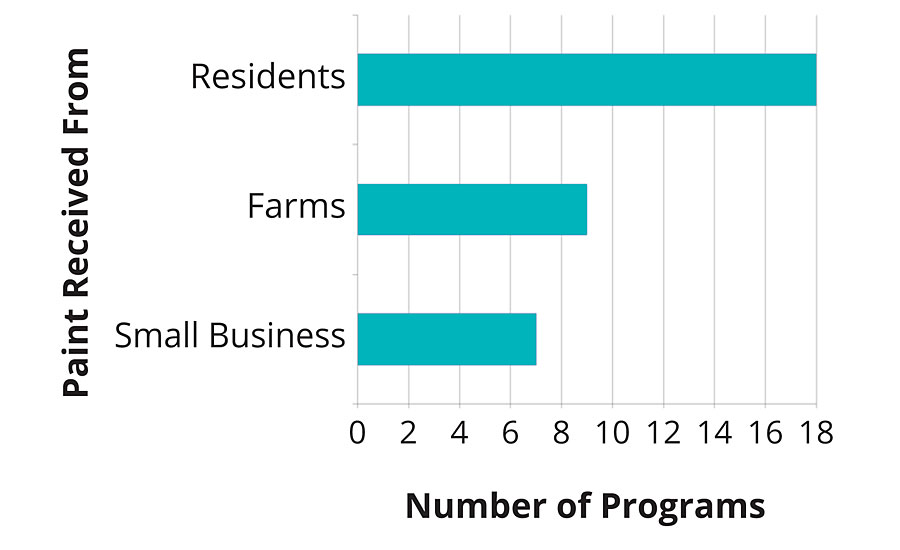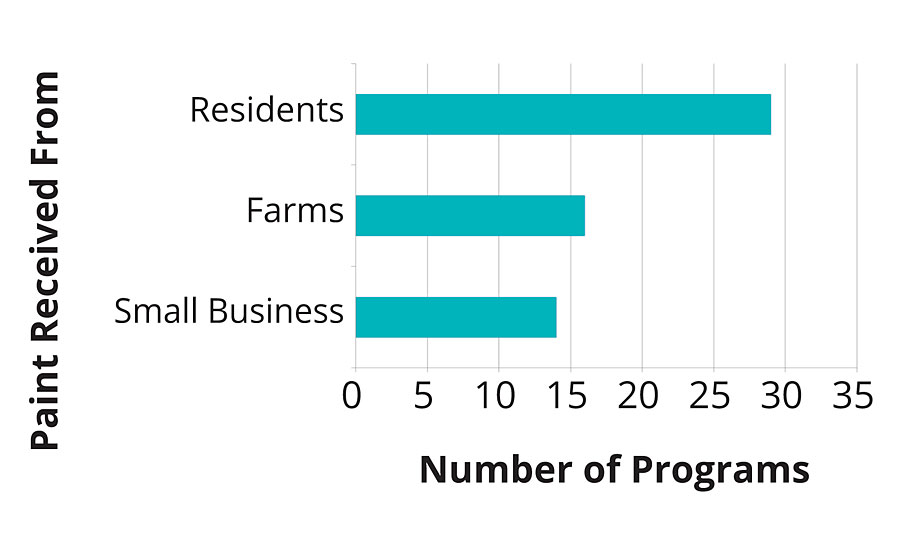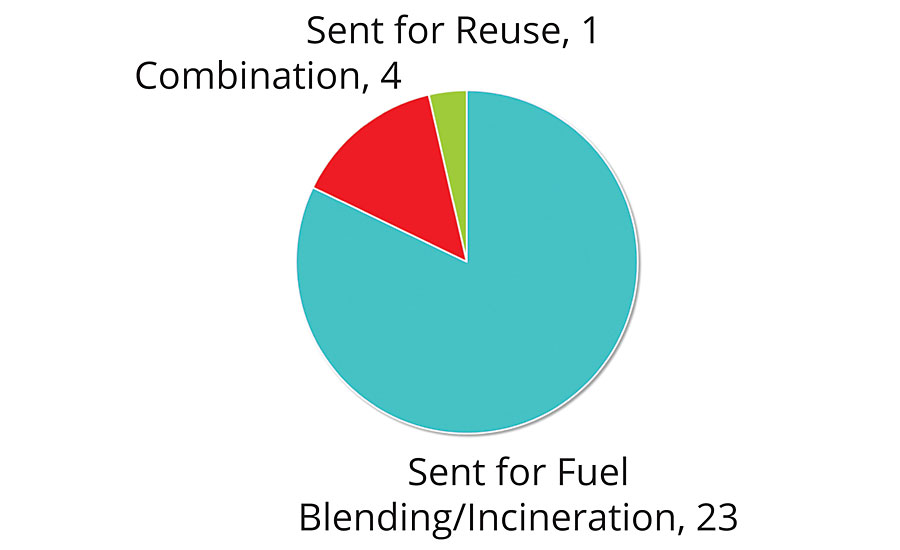Hazmat Waste Put to Use
A Reuse Solution for Solvent-Based Paints and Raw Materials

The paint industry has entered into an era of continuous enhancement of chemistry from various perspectives, including customer requirements, costs, environment, durability and reach. It is always challenging for research and development teams to create ecofriendly paints with acceptable cost and product performance. Every year, several formulations are edited, and products are enhanced. Formulations in our industry have changed more rapidly in the past decade than ever before. The process of change results in several batches, raw materials and stock items that need to be replaced with newer ingredients. The more we evolve into newer formulations, the more we encounter raw material and stock inventory that is no longer usable to the industry. Batch failures and obsolete raw materials are a by-product of product changes in the evolving paint and coatings industry.
Purpose
A new process is now available for reuse of the batch failures, obsolete materials, gelled batches, washed solvents, mistints, customer returns, nonusable and nonsalable raw materials or paints of all types. Utilizing industry experience and expert knowledge of different types of resins, pigments, additives, solvents and paints, the author of this article has successfully demonstrated that it is possible to reduce the waste generation from the factory process itself by finding use for the recycled compounds processed by the Matawala Group of Industries in the lines of products of multiple manufacturers as well as its own product lines. Once the chemistry, ingredients, compatibility, resin and solvent nature are ascertained, the reuse of the items can be determined.
This article shares data and a new process developed for working with oil paints and solvents. Advanced, eco-friendly, water-based formulations have not reached several countries across the globe, and traditional solvent-based coating systems still provide an essential coating solution worldwide.
The author has successfully developed innovative and eco-friendly methodologies for the recycling and reuse of oil-based as well as latex paints. With every passing year the Matawala Group of Industries is able to convert more and more cans of solvent-based paint into a new recycled product. We have several projects for procuring latex paint cans from the market, homes, industries and counties. These paints are used for producing stucco, plasters, driveway sealers and recycled latex-based paints. This article will also discuss the paint process, how it effects the environmental system and how this new process offers both economic and ecological benefits.
Process
Important things to consider with solvent-based paints and resins include:
- Solvent and resin structure, compatibility, density and boiling point;
- Sorting, batch making and production.
Solvents play an important role in recycling paints and resins, as they determine the compatibility and the recycling family “house” the paint or resin will go to. If we initiate a manufacturing process without a proper understanding, we risk having nonfavorable batches. Material may turn into cake-like formations, lumps, chips, harden like rock or lose viscosity. Successful recycling is based on the study of the molecular structure, boiling point, dispersing ability and density of the solvent used in the paint or resin.
Solvent and Resin Compatibility
Hansen Solubility Parameter Values
Hansen solubility parameter values are based on dispersion bonds (dD), polar bonds (dP) and hydrogen bonds (dH). These contain information about the inter-molecular interactions with other solvents and also with polymers, pigments, nanoparticles, etc. This allows for rational formulations knowing, for example, that there is a good HSP match between a solvent and a polymer. Rational substitutions can also be made for “good” solvents (effective at dissolving the solute) or “bad” solvents (expensive or hazardous to health or the environment). Table 1 shows that the intuitions from nonpolar, polar aprotic and polar protic molecules are put numerically – the polar molecules have higher levels of dP and the protic solvents have higher levels of dH. Because numerical values are used, comparisons can be made rationally by comparing numbers. For example, acetonitrile is much more polar than acetone, but exhibits slightly less hydrogen bonding.

TABLE 1 » Comparing nonpolar, polar aprotic and polar protic molecules to determine compatibility.
When studying the detailed characteristic properties of the solvent bond with resin, pigment metals and fillers, we can ascertain the use and breaking of such bonds into newer or similar products for use.
For example, toluene and benzene are more compatible with xylene than mineral spirits. However xylene is compatible with mineral spirits as well. Certain solvents are soluble with each other, some are soluble only to an extent and some are nonsoluble. When reacted with resins and pigments, solvents change the loyalty towards their “house,” becoming more compatible most of the time. The use of additives, extenders and fillers plays an important role.
Boiling Point
The boiling point is an important property because it determines the speed of evaporation. Small amounts of low-boiling-point solvents like diethyl ether, dichloromethane or acetone will evaporate in seconds at room temperature, while high-boiling-point solvents like water or dimethyl sulfoxide need higher temperatures, an air flow or the application of vacuum for fast evaporation.
- Low boilers: boiling point below 100 °C (boiling point of water)
- Medium boilers: between 100 °C and 150 °C
- High boilers: above 150 °C.
Density
Most organic solvents have a lower density than water, which means they are lighter than and will form a layer on top of water. Important exceptions are most of the halogenated solvents like dichloromethane or chloroform, which will sink to the bottom of a container, leaving water as the top layer. This is crucial to remember when partitioning compounds between solvents and water in a separator funnel during chemical syntheses.
Often, specific gravity is cited in place of density. Specific gravity is defined as the density of the solvent divided by the density of water at the same temperature. As such, specific gravity is a unitless value. It readily communicates whether a water-insoluble solvent will float (SG < 1.0) or sink (SG > 1.0) when mixed with water.
Sorting, Batch Makings and Productions
Once we have classified the groups of compatibles together, the materials are sorted on the basis of sheen, color, density and gloss. Depending on the inventory, the products with common sheens, colors and densities are mixed together into batch sizes as an intermediate pulp. This is an important ingredient mix check stage, where pulp is created from the oil paint, resin, solvent, pigment or waste/scrap/lots. These pulps are usually made keeping in mind the usability for the final product. We again check the pulp batches on the final gloss and resin/solvent/pigment/filler ratio on the basis of density, hardness, gloss, weight and viscosity.
We finally craft final product batches of floor paints, primer paints, stucco items, texture coatings, topcoats, bitumen paints, etc. All the formulations, blends, processes and other ingredients remain an important part of chemistry. These various products are incorporated into several paint brands and markets. Through this new recycling process, we are able to serve the markets with a final recycled product that saved many important ingredients from land burial or fuel blending. Our products are also created without the extraction of resources, resulting in energy savings, which is environmentally beneficial.
Scope
The scope of recycling is based on the requirements of paint reuse projects, cost/financial benefits, and research and development.
Recycling and Utilization of Latex-Based Paints Compared to Oil-Based Paints
Figures 1-4 show the opportunity to fill the gap between collection and reutilization. This data was obtained from results of a DNR/DATCP survey, conducted summer 2015 (Wisconsin State).

FIGURE 1 » Programs that receive latex paint.

FIGURE 2 » Disposal methods for latex paint.

FIGURE 3 » Groups that accept oil-based paint .

FIGURE 4 » Disposal methods for oil-based paint.
Costs and Benefits of Reusing Oil Paints
The process and cost of making paint from scratch is saved when paint is reused. For example, when making paint, resins are cooked in a reactor with amines, natural agricultural oils, phallic anahydrides, penta, maelic and monomers. The process utilizes energy, resources, power and rare blends of nature. If we are able to reuse the paint, we save the ingredients and the energy that would have been spent creating those raw materials.
Additionally, when we fuel blend these items in fire we are unable to save them. The cycle of generation of newer resins, solvents, metallic driers, pigments, additives, etc. has to take place. We have to extract more gums from more trees, erode more mountains for minerals, and extract the oils from the sea to create specialty monomers and hydrocarbons to attain solvent-based paints. Such savings offers much more in value and utility than the fuel blending properties a paint can will provide.
Patent Products, Research and Processes
The author has performed detailed scientific studies over several years through the Matawala Group of Industries, and has a patent pending with the United States Patent and Trademark Office for an oil paint recycling and Regent Recycling dollar concept of free paint against recycling, with a vision to initiate a novel process of oil paint reuse and recycling. The patents will cover a total program of recreating a product form solvent-based items at the same cost of latex recycling.
The use of these coatings is minimal in developed countries, but can serve as a major help in the economies that need infrastructural development.
Our company produces bitumen paints and several coatings that use lower-end resins and solvents in the formulations. Such primers serve as an undercoat. We have also formulated several primers for wood and metals. Technical data sheets have been listed with the ministry of Kuwait with the element of alkyds and its CAS details as a part of the new formulation. These products have been tested in the market.
Fuel blending may be appropriate with other petrochemicals, oils or flammable items. Solvent-based paints like alkyd enamels, stains, ink products, primers, paint thinners, tank washing solvents, alkyd resins, epoxies, hardeners, etc., can be reutilized, saving costs, ingredients and the environment.
For more information, visit www.regentpaintsusa.com.
Looking for a reprint of this article?
From high-res PDFs to custom plaques, order your copy today!




